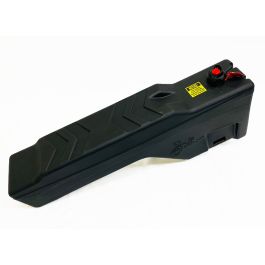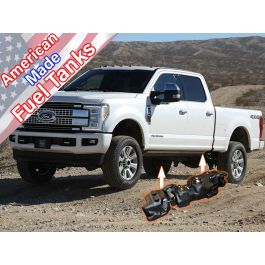Not completely true...
If you’re lazy and stick to IG for your research like @mk216v then you likely won’t find much.
If you read between the lines and do some OEM part # comparability checking between petrol tanks and Diesel tanks, you may be surprised...
Example: 2019+ Rams use the EXACT SAME PART # fuel tanks for their diesels as they do their petrols
In the aftermarket world, liability rules all
Transferflow and Titan mainly only list diesel for most of their tanks because emissions, smog laws, that little angry Greta girl, etc...
But in fact, they are often the exact same tank. I’ve confirmed this with them via phone.
Easy way to check.. find whatever make and model you have. Look up the OEM part # for the fuel tanks for both diesel and petrol.
Not sure about Ford, but Ram used the same for both.
I was gunna ask about this. I can't see why there would be a physical difference in the gas vs diesel tanks. I bet the difference is in the required crash and fire testing that they are put through. I have been to SWRI Fire Tech lab for my work and that is one of the things they do there. They actually had one of the new(at the time) 2020 Silverado HD's there under a blanket waiting to be tested last time I went.



